
According to the
CDC, 33% of adults over age 65 experience a fall at least once per year, and is one of the leading causes of both injury and death. (As well as one of the top reasons for being admitted to a nursing home, by the way.)
However, less than 1/2 of seniors mention the problem to their healthcare provider! In 2012, there were over 2.3 million non-fatal falls in older adults, with 25% of those requiring hospitalization. It's a big problem!
Some of the more common places people tend to fall are:
-
The bathroom
-
The bedroom
-
On throw rugs
-
Tripping over pets
Preventing Falls in the Bathroom:
This is the most common location of falls in the house. Slippery surfaces and obstacles like the edge of the tub make the bathroom a dangerous place.
Tub benches and
shower chairs reduce the chances of falling while getting in or out of the tub.
Grab bars are another handy item. It's important to make sure grab bars are installed properly.
Bath tub rails are similar to grab bars, but are often easier to install.
Another expensive (but effective) product to prevent falls in the tub is the
walk in bathtub.


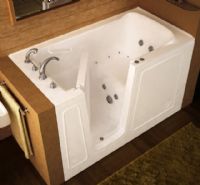
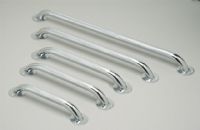
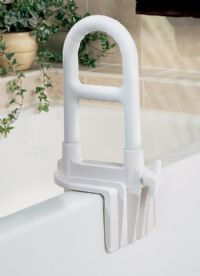
Another common place for falls is the bedroom. Just the act of sitting up from a lying position can cause light-headiness as the blood pressure drops. (Similar to fainting). Other people simply roll out of bed.
There are many excellent products to make the bedroom safer. For example,
bed handles act not only as a guard rail, but you can use them to roll over and sit up in bed. Many people purchase 2 bed handles - one for each side of the bed.
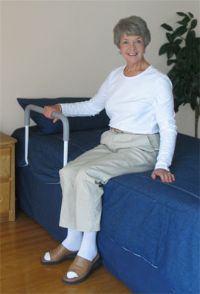
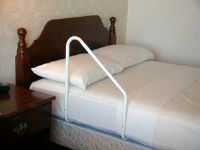
Another common (and simply fixable) problem is tripping over throw rugs. The simple solution to this is to GET RID OF ALL THROW RUGS!
Tripping Over Pets:
Although pets can be great companions and a form of home protections (dogs, at least), they are another common cause of falls. You may want to consider putting a bell on your pet, or letting him/her stay with a relative.
Suggestion: Hire a Therapist!
The best thing you can do is hire an Occupational Therapist to do a home assessment for you or your loved one. There are many things a therapist can identify not listed above, and every situation is unique.